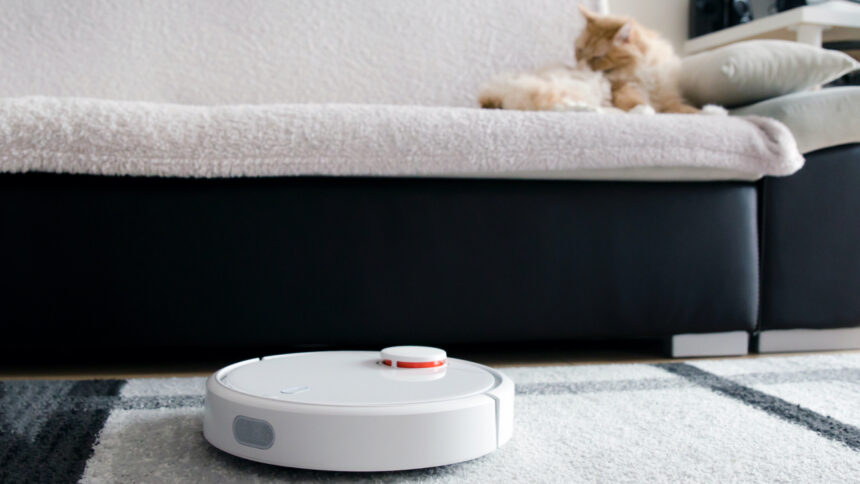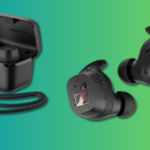Maximizing the Efficiency of Your Robot Vacuum
Understanding robot vacuums is essential for optimizing their performance. Regularly setting up different models for evaluation reveals that while there are variations among them, they commonly possess certain features. Importantly, the success of these devices hinges significantly on user involvement. The way a user configures both themselves and the vacuum can greatly influence the cleanliness of the floors, ultimately affecting the user’s satisfaction with their robot vacuum.
Organize Cleaning Based on High Traffic Areas, Not Just Rooms
Modern robot vacuums utilize LiDAR technology to map your environment and confirm room boundaries with you. This functionality is impressively precise, enabling customized cleaning schedules for specific spaces or interventions in various areas as needed. Consider your living room: is daily cleaning under the couches truly necessary? Likely not. However, the frequently traversed areas where dirt accumulates should certainly receive attention daily. Therefore, it’s more logical to segment your home according to cleaning frequency instead of merely by room. Mapping software typically allows for the adjustment of room divisions, which is useful. For example, my living room has been subdivided into a high-traffic zone and a less-traveled area, where I focus on dust removal weekly. Additionally, custom naming for each area allows for convenient voice assistant commands, enabling me to direct my bot to tackle “Blueberry’s path of destruction” multiple times a day to eliminate the pet-induced mess between the dog door and the kitchen.
Steer Clear of Generic Cleaners and Accessories
Like all machines, these robotic cleaners require regular upkeep. Their brushes wear down, sweeping components need replacement, and vacuum bags must be swapped out. While original branded items can be pricey, numerous cheaper, third-party alternatives are available online. However, in experience, these generic options often disappoint. When using third-party bags, I frequently encounter issues with the robot failing to recognize new bags, prompting unnecessary replacement warnings. Additionally, the quality of generic rollers tends to be poor, leading to faster deterioration. Even though branded cleaning solutions might not be significantly different, it’s advisable to use formulas explicitly designed for robot mops rather than risking homemade mixtures.
Keep Settings at Maximum Levels
Today’s robots feature various operational intensities for vacuuming and mopping. After experimenting with different settings, it has become clear that the sole advantage of lower settings is reduced noise, which doesn’t justify their use since it remains disruptive enough that it’s challenging to enjoy a movie or partake in business calls simultaneously. Although lower settings cause less wear on the robot, the trade-off is that I often find myself needing to return to areas requiring higher suction power. Thus, leaving the device on maximum power proved to be more efficient. This is particularly true for mopping, where maximum intensity yields the most effective results.
Disable Obstacle Avoidance
The era of basic bump-and-go robots has passed, bringing both advantages and disadvantages. While the newer units reduce marks on surfaces and prevent the knocking over of objects, the advanced obstacle avoidance of LiDAR-equipped models can be overly cautious. Many models include pet settings aimed at steering clear of potential pet waste and animals. Living without pets, the feature seems unnecessary. Observing that this setting often results in a lack of thorough cleaning, I chose to disable it. This led to a further increase in cleanliness as I eventually turned off obstacle avoidance completely. Amazingly, my robot went from achieving 80% cleanliness to an impressive 95% almost immediately. It no longer collides with objects but becomes more efficient at reaching corners and tight spots, a change that proves greatly beneficial.












